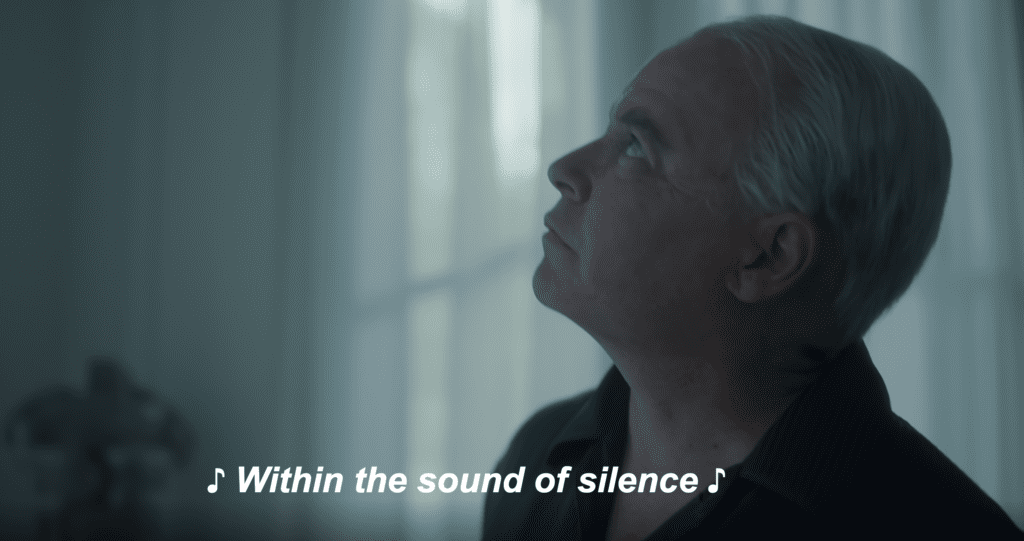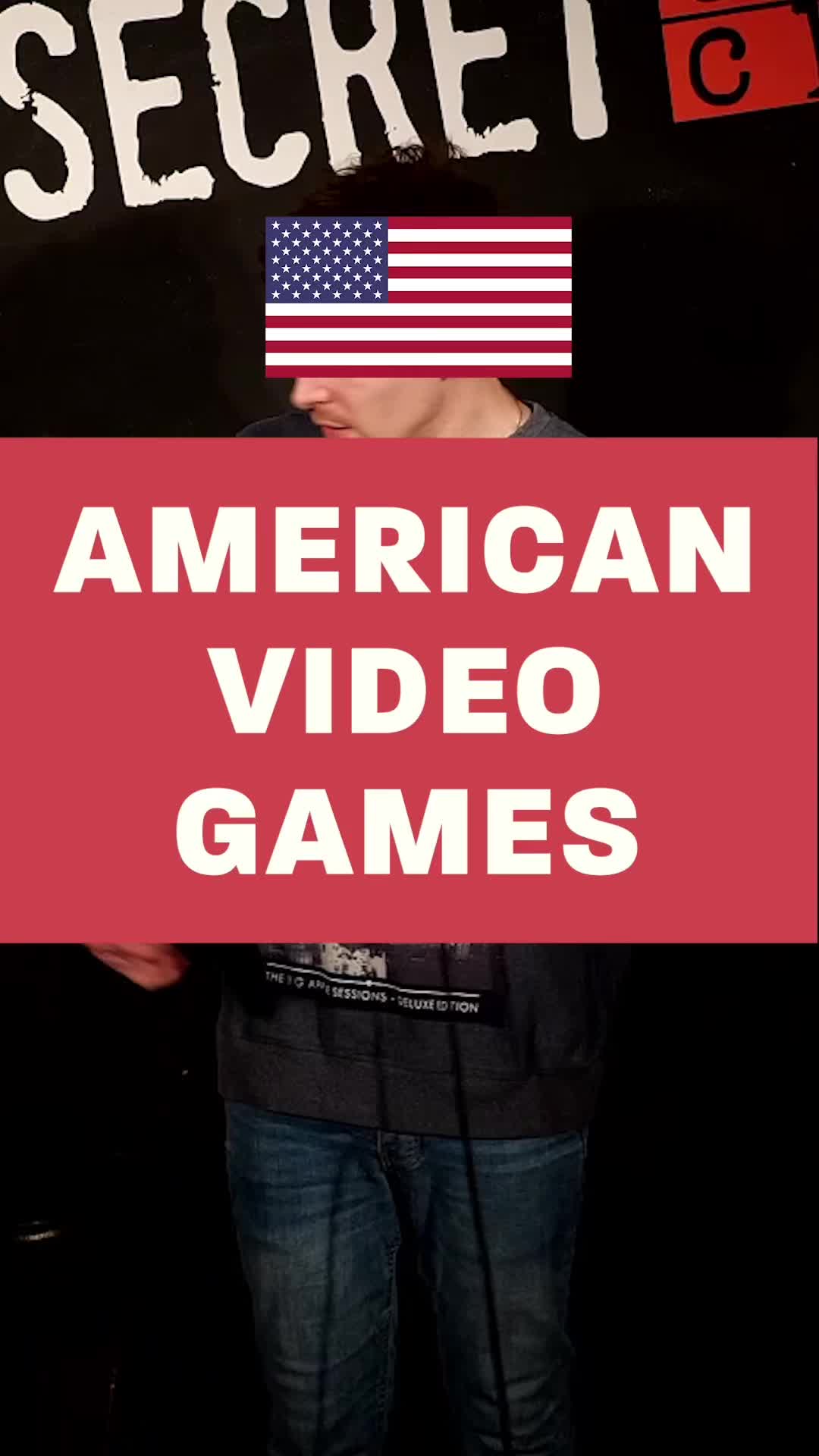2023-10-03 19:43:02
A Look Around the City During the Launch of Tokyo Gendai
Since the lifting of international travel restrictions from the pandemic around a year ago, the art world has seen the rise of four new fairs, one in Europe and three in Asia—the latter a testament to increasing interest in Asian markets and all the money to be spent there by both new and established collectors. The latest of these is Tokyo Gendai, which took place about an hour’s drive (45 minutes if you catch the right train) from central Tokyo, in the neighboring city of Yokohama.
In terms of quality, I wasn’t quite sure what to expect after previous experience with other fairs nearby. Perhaps it would recall last year’s inaugural edition of Frieze Seoul, featuring primarily Western galleries plus a select few blue-chip enterprises from South Korea and elsewhere in Asia. I had expected a more specific sense of place at Frieze Seoul, but it felt like many an art fair anywhere—the same kind of works from the same galleries, endlessly making the circuit. By comparison, Kiaf, Frieze Seoul’s sister fair and predecessor by 20 years, made the case that Seoul’s local art scene is thriving: an off-site section dedicated to emerging galleries tapped the pulse of art being made in the country.

I also wondered if Tokyo Gendai might underperform, as was the somewhat resounding takeaway from the inaugural edition of Art SG in Singapore, another fair presented by the Art Assembly, the organization behind the new Japanese fair as well as others in the Asia Pacific region (including Taipei Dangdai, India Art Fair, Sydney Contemporary, and PHOTOFAIRS Shanghai).
 Watch it now! - The Rise of the TikTok Jester Queen: A Hilarious Impersonation of the British Royal Household
Watch it now! - The Rise of the TikTok Jester Queen: A Hilarious Impersonation of the British Royal Household
The real discoveries at Tokyo Gendai came from the Japanese galleries. Among the best works on view was "Ku-168 (Free Essence-168)," from 2023, a sculpture that seems to defy physical law by Kyoto-based artist Niyoko Ikuta, courtesy of the Tokyo gallery A Lighthouse Called Kanata. Made of several dozen sheets of cut glass, the work changes as you move around it, representing a visual metaphor for "ku," the Buddhist principle of the matrix of all phenomena, or pure consciousness.

The program also included a visit to the Yu-un Guesthouse, a Tadao Ando–designed residence that showcases the collection of Takeo Obayashi, who has ranked on the ARTnews Top 200 Collectors list every year since 2013. A member of the Tokyo Gendai advisory council, Obayashi was a driving force behind the fair, with a goal, he said, to see "Japanese artists spotlighted in the global market." For visitors who made the journey, Obayashi had curated a new at-home exhibition, "The Color Behind the Colors," looking at how artists employ different hues in their work. Among the works on view were a rare blue felt-tip-pen-on-polyester work by Robert Ryman from 1970, a nearly all-white "Infinity Net" painting by Yayoi Kusama, and Hiroshi Sugimoto’s black-and-white "Lake Superior, Cascade River" (1995).
 Get Your Daily Dose of Laughs with @larrydeancomedy's Hilarious Original Sound Bites!
Get Your Daily Dose of Laughs with @larrydeancomedy's Hilarious Original Sound Bites!
The best place to begin a tour of Tokyo’s art scene overall might just be on the 53rd floor of the blue cylindrical tower that houses the Mori Art Museum. Over the past 20 years, the institution, under the curatorial direction of Mami Kataoka, has established itself as one of Japan’s leading museums with a range of notable exhibitions, from the recurring Roppongi Crossing triennial to solo shows for ChimPom, Chiharu Shiota, Takashi Murakami, Thomas Heatherwick, and Ai Weiwei, as well as off-kilter-sounding thematic surveys like "Catastrophe and the Power of Art" (2018) and "Listen to the Sound of the Earth Turning: Our Wellbeing since the Pandemic" (2022).
Unlike other corporate museums in Japan, the Mori Art Museum—founded in 2003 by real estate tycoon Minoru Mori—started as a non-collecting Kunsthalle meant to infuse Tokyo’s art scene with a "new, magnetic energy," according to Kataoka. But that soon changed with the institution’s enterprising exhibition and commissions program, and the museum has since amassed a notable collection of more than 450 works, with a primary focus on Japan, Southeast Asia, and the greater Asia-Pacific region. Around 90 such works made up the 150-work checklist for the museum’s 20th-anniversary exhibition, "World Classroom: Contemporary Art through School Subjects." The exhibition focused on talking about contemporary art in a way that could be more comprehensible to the casual museum visitor, with the notion of a classroom as a place where one is exposed to various perspectives from around the world. To extend the metaphor further, the exhibition aimed to show what the Mori Art Museum has learned in the two decades since its founding.
 Painkiller: A Hard-Hitting Drama Unveiling the Opioid Epidemic
Painkiller: A Hard-Hitting Drama Unveiling the Opioid Epidemic
"World Classroom" is an interesting conceit that could make for a playful and knowing exhibition, but the Mori show never quite achieved that. There were some bright spots in a section of the show titled "Language and Literature," like Joseph Kosuth’s "One and Three Shovels" (1965), for which the Conceptual artist juxtaposes an actual shovel alongside a photograph of it and a print-out of the dictionary definition of "shovel," all with the aim of asking such questions as: Can a shovel be understood without its agreed-upon definition? Is the simulacrum of the shovel any less a shovel than the physical object? Another highlight was Lee Ufan’s exceptional "Relatum" (1968/2019), in which a large rock sits atop sheets of iron and glass. Lee is well-recognized as a philosopher whose work has been key in calling for art that not only considers our relationship to the culture around us but also decenters Western aesthetics, and "Relatum," according to the wall text, "suggests that everything in the world exists not in and of itself, but rather in a relational state of harmony."
Another section of the exhibition, titled "Social Studies," looked at what the wall text described as "issues related to history, politics, geography, economics, and identity." But an exhibition that takes traditional school subjects as its organizing principle risks replicating the same old canonical histories that have been taught for ages. The show’s supposed focus being on diverse viewpoints, I was baffled to see Morimura Yasumasa’s "Portrait (Futago)," from 1989, in which the artist presents a photographic re-creation of Manet’s "Olympia" (1863). In this instance, Yasumasa appears as both of the work’s key figures: Olympia as a reclining nude, and the Black servant, Laure, looking over at her while holding a bouquet of flowers. It was appalling that the Mori Art Museum would show a work featuring an artist in blackface, particularly in an exhibition meant to look at a global art history. For the museum to be unaware of the racist violence of blackface is inexcusable. The curators at the front of the "World Classroom" should have known better.
 Laughing It Up in San Fran: Larry Dean's Hilarious Stand-up Comedy Game Show!
Laughing It Up in San Fran: Larry Dean's Hilarious Stand-up Comedy Game Show!
Elsewhere in Tokyo, there was much to see. A Cai Guo-Qiang survey at the National Art Center brought together an impressive grouping of the artist’s work, in which fireworks are often ignited and abstractions are gleaned from the ash. The exhibition might have benefited from more curatorial intervention and less exhaustive wall text by Cai explaining every minute detail about the works in ways that made them blur together. The salon-style hang of the exhibition only made it worse, crowding several of the best canvases documenting the fireworks to make space for a large-scale light installation, "Encounter with the Unknown" (2019), that featured UFOs, rockets, and more.
At the Artizon Museum, a corporate museum established in 1952 by Bridgestone Tire Co. founder Ishibashi Shojiro, an exhibition that on its surface might sound boring was, in fact, a nice refresher on the history of Western modernism for those who have studied it and a primer for those coming to it for the first time. "Abstraction: The Genesis and Evolution of Abstract Painting: Cézanne, Fauvism, Cubism and on to Today" showcased the institution’s deep holdings of 20th-century art along with exceptional loans from around the world.
Among the masterpieces on view were a superb depiction of Mont Sainte-Victoire by Cézanne as well as works by van Gogh, Paul Klee, Georgia O’Keeffe, and Helen Frankenthaler. The inclusion of Japanese artists like Harue Koga, Kenzo Okada, and Kazuo Shiraga, whose approaches to abstraction take cues from their predecessors and make it their own, also infused the show with a sense of the new.
If you would like to know other articles similar to Tokyo Gendai Unveils an Artistic Lens on the City: A Captivating Visual Exploration updated this year 2025 you can visit the category Entertainment news.

Leave a Reply